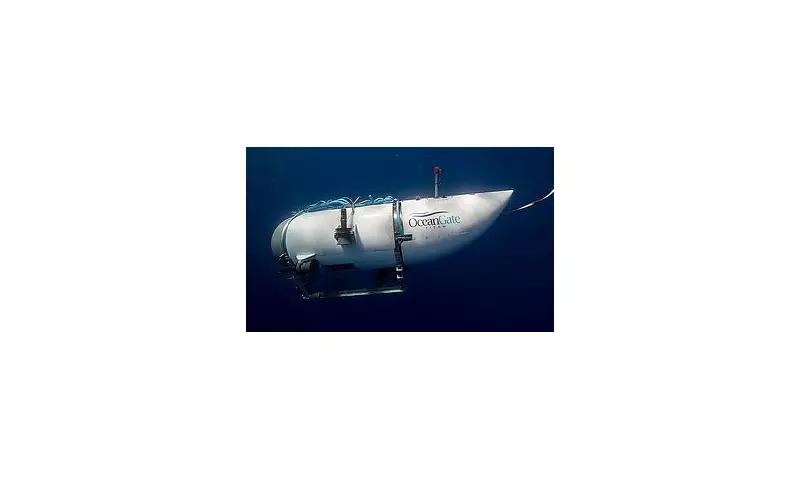
A comprehensive investigation into the Titan submersible catastrophe has revealed a shocking catalogue of engineering failures and safety oversights that led to the vessel's catastrophic implosion, claiming five lives during its descent to the Titanic wreckage.
The Fatal Flaws That Sealed Their Fate
According to the damning official report, the Titan was plagued by multiple critical design flaws that should have grounded the vessel before it ever reached the ocean depths. Experts concluded that the carbon fibre composite hull, an unconventional choice for deep-sea vehicles, proved fundamentally unsuited to withstand the immense pressures of the deep ocean.
A Recipe for Disaster
The investigation highlighted several alarming oversights:
- Inadequate hull monitoring: The submersible lacked proper systems to detect the progressive damage occurring within the carbon fibre structure
- Questionable material choice: Carbon fibre's susceptibility to cyclic loading made it inappropriate for repeated deep dives
- Missing safety certifications: The vessel operated without crucial third-party verification of its seaworthiness
Ignoring Repeated Warnings
Perhaps most disturbing was the revelation that multiple industry experts had raised concerns about the Titan's design and safety protocols years before the tragic incident. Former OceanGate employees and deep-sea engineering specialists had warned that the company's experimental approach pushed beyond established safety boundaries.
"This was a preventable tragedy," stated one marine engineering consultant familiar with the report. "The warning signs were there, but they were either ignored or rationalised away in the pursuit of innovation."
The Human Cost of Innovation
The ill-fated June 2023 expedition ended in tragedy when the Titan lost contact approximately one hour and forty-five minutes into its descent. The subsequent search operation captured global attention before debris confirmation revealed the vessel had suffered instantaneous implosion under the crushing pressure of the deep North Atlantic.
Among the victims were Stockton Rush, OceanGate's CEO and pilot, along with four passengers who had each paid substantial sums for the unique opportunity to witness the legendary Titanic wreckage firsthand.
Lessons for Deep-Sea Exploration
The disaster has prompted serious questions about the regulation of experimental submersibles and adventure tourism in extreme environments. Marine safety authorities are now calling for stricter oversight and mandatory certification for all commercial deep-diving vessels, regardless of their experimental status.
As the industry grapples with this tragedy, the Titan catastrophe serves as a sobering reminder that innovation must never come at the cost of fundamental safety principles.





